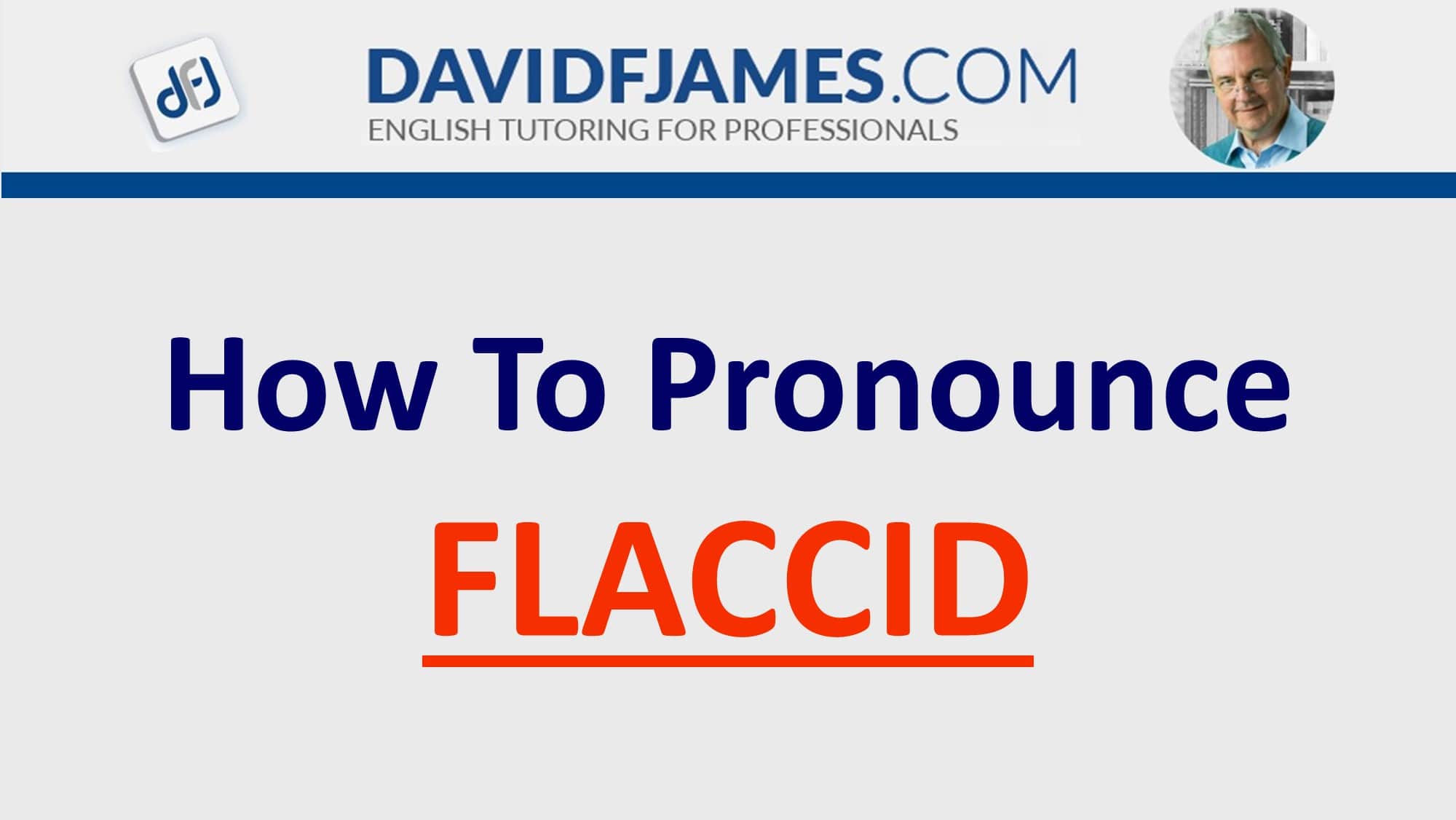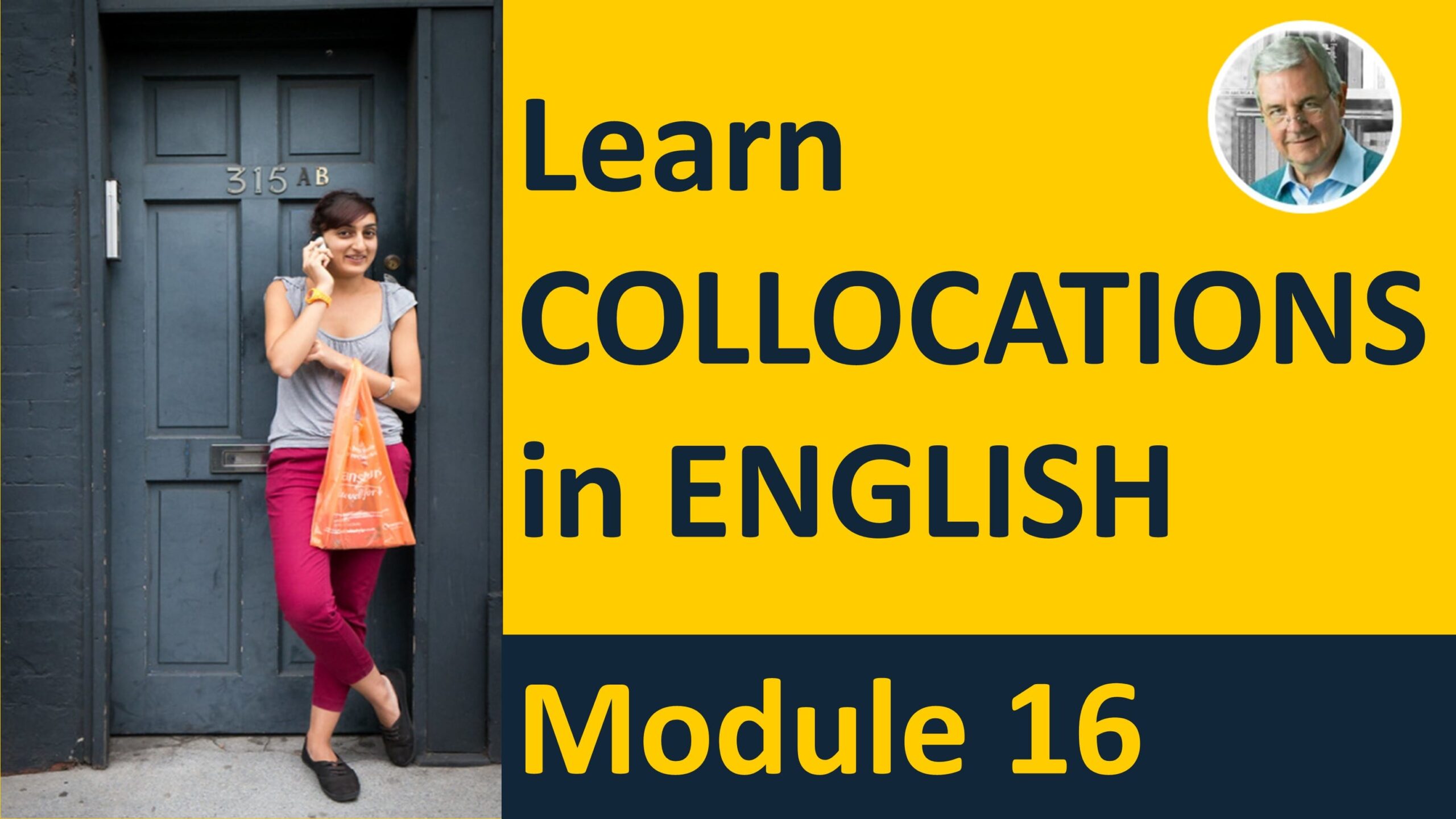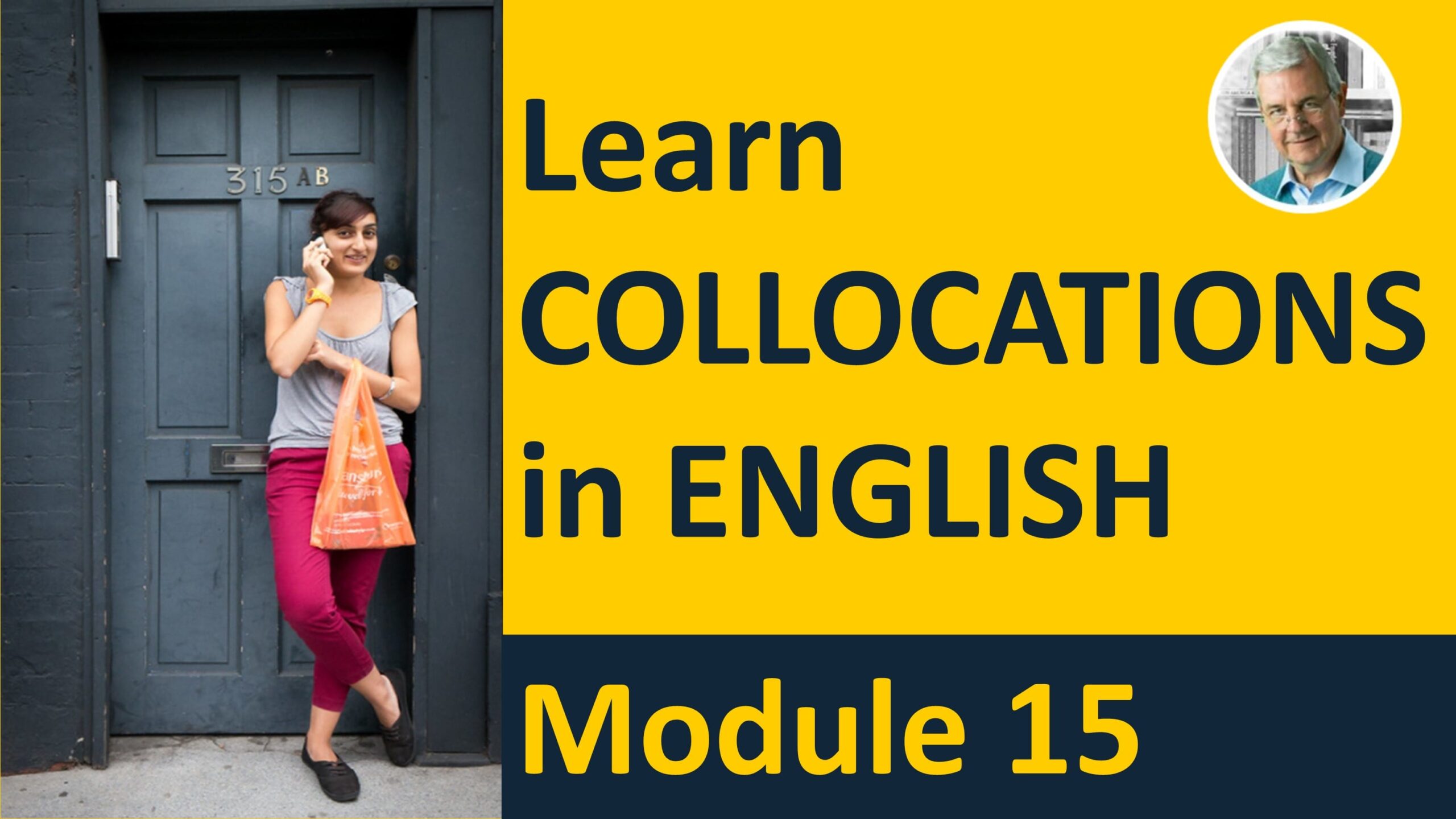ENGLISH COLLOCATIONS in Use – Module 12
ENGLISH COLLOCATIONS in Use – Module 12
Improve your fluency be learning collocations in English. Two illustrated examples are used for each of these common expressions which is then followed by two repeat Modules so these English collocations we well embedded in your memory.
Here is a transcript of the video – Learn COLLOCATIONS in ENGLISH – Module 12
Slide 2:
Be sure to watch the introductory video to this playlist before doing this exercise.
Click on the link below in the Description . . .
(https://www.youtube.com/watch?v=AINOUe8C0UI)
Slide 3:
We will consider 5 common collocations:
- take a risk
- pay attention
- come to an end
- keep quiet
- insist on
Slide 4:
A quick reminder, Continually IMPROVE YOUR ENGLISH! Click the subscribe button, then the bell icon, and finally ALL.
Slide 5:
Now back to our collocations. The first is . . .
take a risk
(to do something that may result in loss or failure)
Slide 6:
The picture shows an artist’s impression of a crazy day at the stock exchange.
Sentence: A main reason why many people do not invest in the stock market is that they don’t want to take a risk.
Slide 7:
In the picture we a pack of shaving supplies that is ordered online.
Sentence: In 2012, Michael Dubin took a risk when he launched “Dollar Shave Club” in a market dominated by big companies and existing brands.
Note: He sold the company 5 years later for $1 billion.
Slide 8:
Next . . .
pay attention/pay close attention
(to concentrate or take notice of someone or something
Slide 9:
The picture shows a flight attendant giving safety instructions.
Sentence: Regretfully many people fail to pay attention when a flight attendant goes through the safety procedures.
Slide 10:
In the picture, Tony Robbins addresses a large audience.
Sentence: When life and business coach Tony Robbins speaks, his audiences pay close attention.
Slide 11:
Next . . .
come to an end
(to finish, terminate; to wind down to an ending)
Slide 12:
The picture shows a ration poster during war time Britain.
Sentence: Sugar rationing, which began just after the start of World War II, finally came to an end in England in 1953.
Slide 13:
In the picture we see a segregation sign in South Africa.
Sentence: Apartheid, a system of segregation based on race, came to an end in South Africa in the early 1990s.
Slide 14:
Next . . .
keep quiet
(1. to not make any noise
2. to remain silent without giving information)
Slide 15:
The picture shows a woman holding her finger to her lips.
Sentence: As we entered her apartment she whispered: “Shhh. Keep quiet. The baby is sleeping.”
Slide 16:
In the picture we three colleagues in a business meeting.
Sentence: Although she knew who was responsible for the costly mistake, she decided to keep quiet about it, so as not to get her colleague into trouble.
Slide 17:
Next . . .
insist on
(to strongly demand something, not accepting refusal)
Slide 18:
In the picture we see a waiter holding a tray.
Sentence: When the customer forgot their credit card and promised to come back later, the waiter said: “I am sorry but I insist on payment now, before you leave.”
Slide 19:
In the picture we see a little girl with a big smile wearing a seat belt in the back of a car.
Sentence: Her mother was very safety conscious and insisted on all passengers putting their seat belts on before she started moving the car.
Slide 20:
Again, the 5 collocations are:
- take a risk
- pay attention
- come to an end
- keep quiet
- insist on
Slide 21:
Now let’s really put these collocations into long-term memory through repetition. Fill in the blanks as we go.
Slide 22:
When the customer forgot their credit card and promised to come back later, the waiter said: “I am sorry but I __ payment now, before you leave.”
Slide 23:
Answer: insist on
Slide 24:
In 2012, Michael Dubin __
when he launched “Dollar Shave Club” in a market dominated by big companies and existing brands.
Slide 25:
Answer: took a risk
Slide 26:
Regretfully many people fail to __ when a flight attendant goes through the safety procedures.
Slide 27:
Answer: pay attention
Slide 28:
Apartheid, a system of segregation based on race, __
in South Africa in the early 1990s.
Slide 29:
Answer: came to an end
Slide 30:
As we entered her apartment she whispered: “Shhh.
__. The baby is sleeping.”
Slide 31:
Answer: keep quiet
Slide 32:
A main reason why many people do not invest in the stock market is that they don’t want to __.
Slide 33:
Answer: take a risk
Slide 34:
Her mother was very safety conscious and __ all passengers putting their seat belts on before she started moving the car.
Slide 35:
Answer: insisted on
Slide 36:
Sugar rationing, which began just after the start of World War II, finally __
in England in 1953.
Slide 37:
Answer: came to an end
Slide 38:
Although she knew who was responsible for the costly mistake, she decided to __ about it, so as not to get her colleague into trouble.
Slide 39:
Answer: keep quiet
Slide 40:
When life and business coach Tony Robbins speaks, his audiences __.
Slide 41:
Answer: pay close attention
Slide 42:
If you really want to make sure of these collocations, take repetition number 2. This time, repeat the collocations as fast as you can. Ready? Let’s start . . .
Slide 43:
Pause
Slide 44:
insisted on
Slide 45:
pause
Slide 46:
take a risk
Slide 47:
pause
Slide 48:
pay attention
Slide 49:
pause
Slide 50:
came to an end
Slide 51:
pause
Slide 52:
keep quiet
Slide 53:
pause
Slide 54:
pay close attention
Slide 55:
pause
Slide 56:
took a risk
Slide 57:
pause
Slide 58:
insist on
Slide 59:
pause
Slide 60:
keep quiet
Slide 61:
pause
Slide 62:
came to an end
Slide 63:
Well done! You have completed Collocations in English – Module 12.
Slide 64:
3 Action Steps . . .
- Did this video help you? LIKE, SHARE, or COMMENT now!
- Hit the SUBSCRIBE button, click the Bell icon then click ALL so you don’t miss a single video!
- Enrol in my FREE English Vocabulary Builder course at Udemy
Go to: http://goodenglish.online
As you are interested in English collocations in use, be sure to view the video for module 11:
ENGLISH COLLOCATIONS in Use – Module 11
Image Credits
Slide 6 – stock market
Creative Commons
https://flic.kr/p/2a4EKLw
Slide 7 – shaving accessories
Fair Use
https://www.dollarshaveclub.com/
Entrepreneur Magazine
Fair Use
https://www.amazon.com/Entrepreneur-Growth-Hackers-Michael-Billion/dp/B06XWG44WV
Slide 9 – flight attendant
Creative Commons
https://flic.kr/p/MJtVd2
Slide 10 – Tony Robbins
Fair Use
https://www.freedomtoexist.com/blogs/journal/tony-robbins-an-apology
Slide 12 – sugar rationing
Public Domain
https://museum.wales/articles/1079/Do-you-remember-Doctor-Carrot-and-Potato-Pete/
Slide 13 – apartheid
Fair Use
http://south-african-civil-rights.weebly.com/the-apartheid.html
Slide 15 – Shhh
Creative Commons
https://flic.kr/p/2m1pazE
Slide 16 – business meeting
Creative Commons
https://flic.kr/p/29ZENDL
Slide 18 – waiter
Creative Commons
https://flic.kr/p/98F5RA
Slide 19 – seat belt
Creative Commons
https://flic.kr/p/a28PUf
Regarding the use of illustrations and photographs used in this video:
Fair Use
Section 107 of the Copyright Act provides the statutory framework for determining whether something is a fair use and identifies certain types of uses—such as criticism, comment, news reporting, teaching, scholarship, and research—as examples of activities that may qualify as fair use.
https://copyright.gov/fair-use/more-info.html
Creative Commons Attribution Licence
Others are allowed to copy, distribute, display, and perform copyrighted work – and derivative works based upon it if they give credit to the creator or source.
https://creativecommons.org/licenses/by/4.0/legalcode
Public Domain
Public domain works are not restricted by copyright and do not require a license or fee to use. Public domain status allows the user unrestricted access and unlimited creativity. These are typically very old works.





